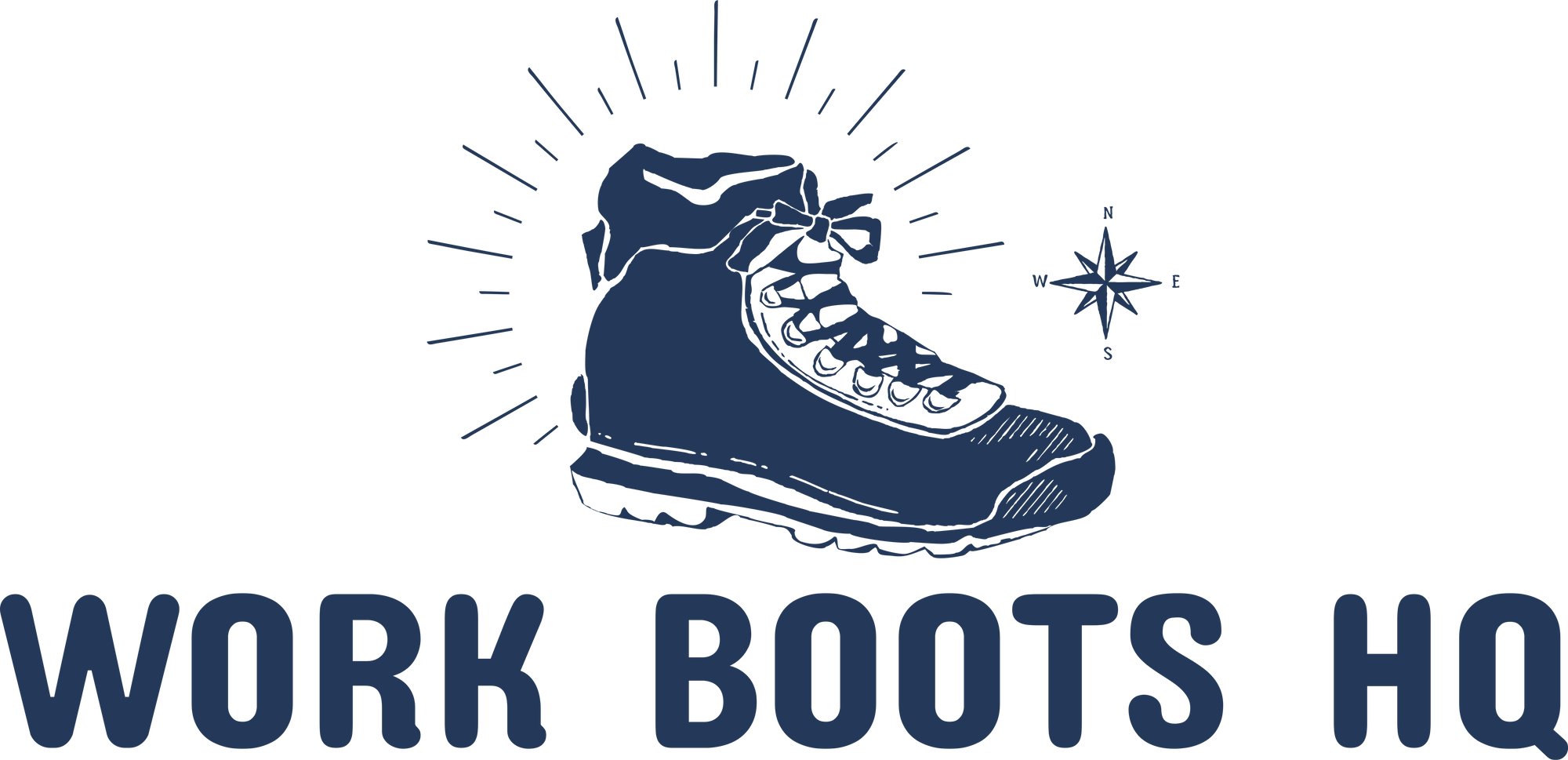
This post may contain affiliate links which means I may receive a commission for purchases made through links. Learn more on my Private Policy page.
A Comprehensive Guide to Understanding Inflation
Inflation is a term frequently heard in economics and finance, but what does it truly mean and how does it affect our daily lives? In this comprehensive guide, we will take you through a detailed explanation of inflation, its implications, and how to safeguard your assets amidst changing economic landscapes.
What is Inflation?
Inflation refers to the increase in the general price level of goods and services over a specific period, resulting in a decline in purchasing power. In simpler terms, it means that the same amount of money can buy fewer goods and services over time. For example, if you could buy a loaf of bread for $1 last year, but this year it costs $1.20, then the rate of inflation is 20%.
Inflation is an important economic concept as it affects various aspects of our daily lives, such as employment, income, and investment decisions. Therefore, understanding the fundamental concepts and implications of inflation is crucial for individuals, businesses, and policymakers alike.
Types of Inflation
To better understand inflation, let's dive deeper into the different types of inflation based on their causes and the rate at which prices rise:
1. Demand-Pull Inflation
Demand-pull inflation occurs when the demand for goods and services increases, resulting in higher prices. This can happen when there is an increase in consumer spending, a surge in investment or government spending, or an increase in exports. As demand surpasses supply, sellers can charge higher prices for their products, leading to inflation.
2. Cost-Push Inflation
Cost-push inflation arises when the production costs (such as wages or raw material costs) increase, leading to a decrease in supply. Manufacturers then pass on these increased costs to consumers through higher prices. This type of inflation is typically triggered by external factors such as wars or natural disasters, which disrupt the supply chains.
3. Built-In Inflation
Built-in inflation, also known as inflationary expectations, refers to the situation where people expect prices to rise in the future, and consequently, they demand higher wages in anticipation of the increased cost of living. Businesses, in turn, increase the prices of their goods and services to accommodate the higher wages, thus causing inflation. This demonstrates a self-perpetuating cycle of inflation.
4. Creeping vs. Walking Inflation
Based on the inflation rate, we can classify inflation into two main categories:
a. Creeping Inflation
Creeping inflation, or mild inflation, refers to a slow and steady rise in prices at a rate of around 1-3% per year. This level of inflation is considered normal and a sign of a healthy economy. In fact, central banks, such as the Federal Reserve, usually target a low and stable inflation rate to promote economic growth and stability.
b. Walking or Galloping Inflation
Walking or galloping inflation occurs when prices rise rapidly, ranging from 10% to 100% per year. This type of inflation can be detrimental to the economy as it erodes the purchasing power of money and creates uncertainty among consumers, leading to reduced spending and investment. In extreme cases, it can lead to a complete economic collapse.
The Impact of Inflation on the Economy
Inflation affects different aspects of the economy, both positively and negatively. Understanding these impacts is crucial for making informed decisions related to personal finance, investment, and business operations. We will discuss some of the main effects of inflation on various economic aspects:
1. Effect on Purchasing Power and Income Redistribution
Inflation erodes the purchasing power of money, as it makes goods and services more expensive over time. As a result, people are unable to buy as much as they could have previously with the same amount of money. Inflation also redistributes income, often benefitting borrowers at the expense of lenders. This is because borrowers can repay their debts with money that is worth less than when they borrowed it, effectively reducing the real value of their obligations.
2. Impact on Investment and Economic Growth
Inflation affects investment decisions, as it increases the cost of borrowing money and reduces the real rate of return on investments. When inflation is high, people and businesses are less likely to invest, slowing down economic growth. On the other hand, a low and stable inflation rate can encourage investment and foster economic growth.
3. Consequences on Employment and Unemployment
In the short run, inflation can influence employment and unemployment rates. An expected moderate rate of inflation may stimulate businesses to hire more workers and invest in new equipment, thus reducing unemployment levels. However, high and unexpected inflation can destabilize the labor market, causing businesses to cut back on hiring or lay off workers, resulting in increased unemployment.
Protecting Yourself and Your Assets from Inflation
Inflation is a reality that affects everyone. Therefore, it is essential to take steps to protect your assets and financial well-being in the face of an uncertain economic environment. Here are some strategies to consider:
1. Invest in Assets that Outpace Inflation
Investing in assets that historically perform well during inflationary periods is one way to safeguard your wealth. Stocks and real estate are examples of such assets, as their values usually grow faster than the rate of inflation.
2. Diversify Your Portfolio
Diversification is a key strategy for managing risks, including inflation. By holding a diversified portfolio of various asset types, such as stocks, bonds, and commodities, you can minimize the potential negative impact of any single asset on your overall financial health.
3. Consider Inflation-Protected Securities
Inflation-protected securities, such as Treasury Inflation-Protected Securities (TIPS) in the United States, offer protection against inflation by adjusting the principal value and interest payments based on the Consumer Price Index (CPI), a widely used measure of inflation. This ensures that the real value of your investment remains intact, even as prices rise over time.
In conclusion, inflation is an important economic concept that affects various aspects of our daily lives. Understanding its causes, types, and implications is essential for making informed financial decisions and protecting your wealth in the face of changing economic conditions. By implementing effective investment strategies and diversifying your portfolio, you can mitigate the risks associated with inflation and safeguard your financial future.






